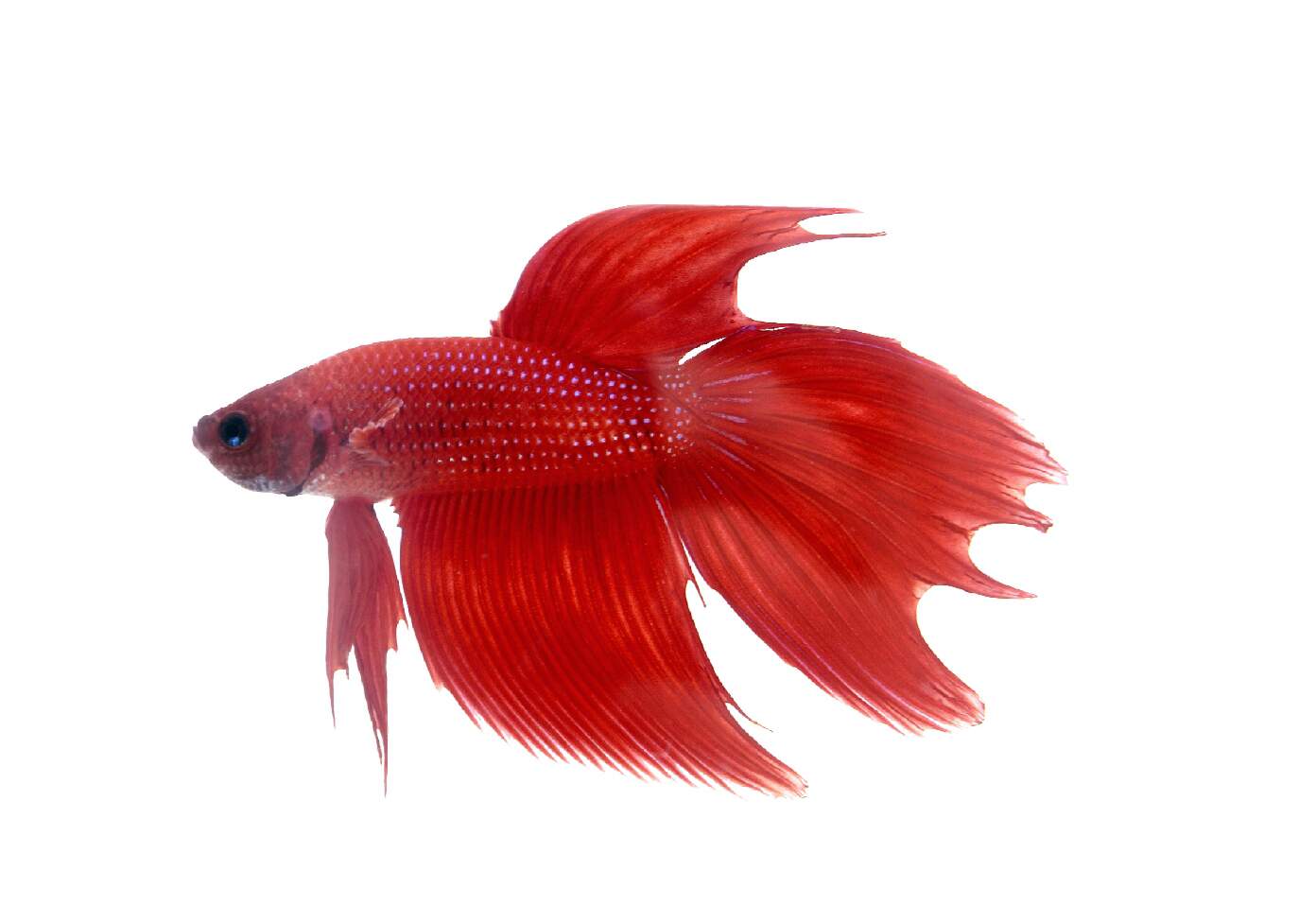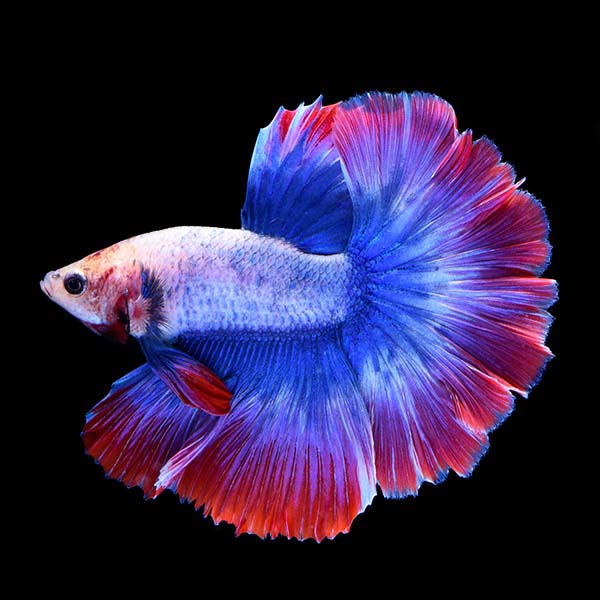Breeding Betta Fish: a Comprehensive Step-By-Step Overview to Efficiently Raising Infant Bettas From Eggs to The Adult Years
Breeding Betta fish is a thorough endeavor that needs mindful planning and implementation to guarantee the effective development of fry from eggs to develop fish. Choosing genetically diverse reproduction sets with desirable characteristics is only the start; developing an optimal setting and understanding the complexities of the reproducing procedure are equally vital. As the male Betta diligently constructs a bubble nest and guards the valuable eggs, the subsequent phases of care and shift need focus to information and knowledge of finest practices. How does one browse the tough yet rewarding path of nurturing these lively creatures to their adult years?

Selecting Reproduction Pairs
When starting the trip of breeding Betta fish, selecting the appropriate reproduction sets is critical to accomplishing desirable attributes and a healthy and balanced lineage - betta fish. The initial step in this procedure is to determine the specific traits you want to enhance or maintain, such as shade, fin kind, and body shape. It is important to pick genetically diverse sets to avoid inbreeding, which can bring about wellness problems and undesirable attributes
Evaluate possible breeding prospects thoroughly. A healthy male Betta needs to exhibit vivid colors, an energetic behavior, and well-formed fins, while the lady ought to additionally show vivid coloration and a rounded stubborn belly, indicating preparedness for spawning. Observing the personality of both fish is important, as aggressive or extremely timid people might not breed effectively.
Documents of lineage is similarly crucial. Maintaining records of the moms and dad fish's ancestry can assist you track hereditary traits and potential concerns. Additionally, seek advice from respectable dog breeders or on-line resources for assistance on picking compatible pairs. Eventually, spending time in the option procedure will considerably improve the likelihood of creating strong, lively spawn that fulfill your reproduction objectives (betta fish).

Preparing the Reproduction Storage Tank
Developing an optimum breeding environment is a vital step after selecting ideal pairs for Betta fish. The reproduction storage tank ought to be especially created to offer convenience and promote the natural reproduction actions of the fish. Begin with a container dimension of at least 10 gallons to make certain appropriate space for both the man and women Bettas.
Keep a gentle filtering system to maintain the water clean while staying clear of strong currents that can worry the fish. Furthermore, an air rock can be included in provide oxygenation without interfering with the water surface also much.
Temperature level regulation is crucial; goal for a stable series of 78-82 ° F(25-28 ° C) making use of a trustworthy heater. The pH level must be maintained in between 6.5 and 7.5, and regular water modifications are essential to guarantee high water top quality.
Incorporate drifting plants or spawning sponges to develop hiding areas for the lady, while also motivating bubble nest structure by the man - betta fish. Make sure the container is totally free from sharp designs and any kind of possible threats, as the welfare of the fish ought to always be prioritized during this vital stage of reproduction.
The Reproduction Refine
Commonly, the reproducing procedure for Betta fish includes a collection of distinct and visible habits that show preparedness for recreation. The male Betta starts by constructing a bubble nest at the water's surface area, which acts as a website for the fed eggs. This nest is important, as it supplies a risk-free atmosphere for the eggs up until they hatch.
Once the nest is developed, the man will certainly present courtship actions, such as flaring his fins and showing vibrant shades to bring in the lady. The lady, upon noticing the male's readiness, will respond by presenting upright red stripes along her body, indicating her receptiveness.
When the female techniques, the male participates in a mating dancing, often bring about a welcome referred to as the "spawning." During this embrace, the woman launches her eggs, which the male feeds right away. The fed eggs after that are up to the bubble nest, where the male meticulously accumulates and returns them to the nest. Following this, the male presumes responsibility for securing the nest and making certain the security of the eggs until they hatch out, normally within 24-36 hours. This stage is critical in the reproducing procedure, laying the structure why not try here for effective fry development.
Caring for Betta Fry
Caring for Betta fry calls for cautious interest to their environment and nourishment to ensure healthy and balanced development and development. After hatching out, Betta fry are extremely little and prone, demanding a steady and clean habitat.
Feeding Betta fry is similarly crucial. They must be supplied infusoria or carefully smashed high-quality fry food, as their mouths are also small to handle larger particles. As they grow, you can gradually introduce larger foods, such as baby salt water shrimp or powdered flakes, to guarantee they obtain sufficient nutrition. Feed them percentages a number of times a day, being mindful not to overfeed, which can cause water top quality concerns.
Transitioning to Adult Bettas
As my blog Betta fry mature, transitioning them to grown-up Bettas is an important phase that requires careful monitoring of their setting and social interactions. This process generally begins when the fry get to around 6 weeks of age, at which point they can be gradually presented to a more organized living atmosphere.
To promote this transition, it is necessary to guarantee that the water specifications-- such as temperature level, pH, and ammonia levels-- are optimal and stable. Grown-up Betta fish thrive in cozy water (around 78-80 ° F) with a pH of 6.5 to 7.5. Gradually acclimate the fry to these problems to reduce stress and anxiety.
Social interactions are one more essential factor; male Bettas are infamously territorial and aggressive. Consequently, it is recommended to different men into specific storage tanks as they grow. Women Bettas can be housed together, however treatment should be taken to check for signs of hostility.
Furthermore, nutritional adjustments ought to be made as the fry expand. Include top notch pellets and live foods to sustain their growth and wellness. By managing these elements successfully, you can advertise a successful transition to their adult years for your Betta fish.

Conclusion
Successful reproduction of Betta fish needs careful interest to detail throughout reference the whole process, from selecting genetically varied pairs to providing optimum care for fry. In addition, a well balanced diet plan and steady adjustment to grown-up atmospheres are critical for the growth and development of Betta fish.
Comments on “Betta Fish Lifespan: How to Ensure Your Betta Lives Longer”